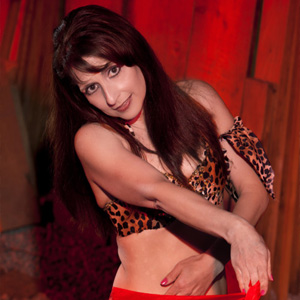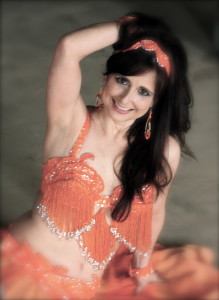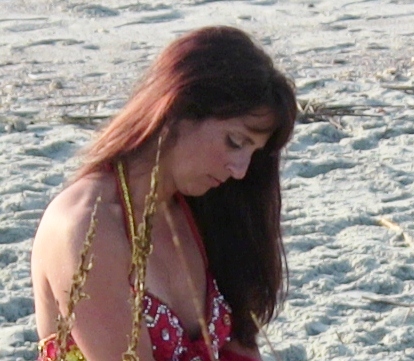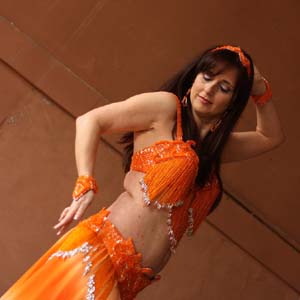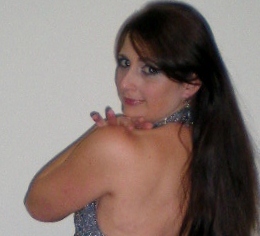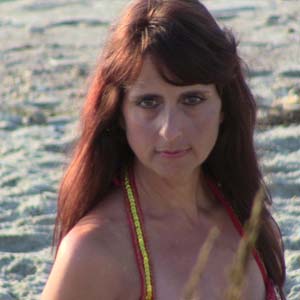2011 is now coming to a close and this is my last blog for the year, so I wanted to share not only my experiances along with my thoughts with each one of you. This past year has been filled with alot of exciting things that happened. First and foremost, my website and getting to share my thoughts and experiances with my weekly blogs and monthly newsletters. I cannot tell you how grateful I am for not only being able to have this website, but for Dan Lamtrimurti who knew exactly what I wanted and put alot of hard work and dedication to not only my website and believing and helping me in succeeding. Secondly, I have had the opportunity to meet some fantastic women in this dance field, that share my same desires and dreams! Leyla Najma, who has been my mentor has really been there for me this past year, in not only my dancing, but other aspects of my life and I am so grateful for her. I love her honesty and she is not afraid to say what is on her mind and I have learned so much from her. Tania Breytenbach, another dancer from South Africa, who even though I have not met in person, but I got to know through Leyla, there is a definite connection between the two of us and I know that someday soon we will be able to meet and dance together, along with Leyla. Thank you to the three of you for being a friend and making such a big difference in my life!
I have also realized that belly dancing is not just about learning on how to dance, but how to connect to yourself and others. Belly dancing has become a part of my life and it is intertwined with my daily living, where at one point and time for a short while they were separate. I have come into my own person and I could not imagine being any other way, then who I am now. The thing is I am not just a dancer, but so much more, because to really know this dance you have to really dig down deep and see what it has to offer.
For those of you who I have signed up for my classes and those who have signed up for my newsletter, I want to thank you for being interested and allowing me to share with you. It has really been a wonderful and tremendous experiance all around! I am so glad that each one of you are a part of our community and it is one that is growing! Speaking of growing, it is important that we grow in this dance and try to learn something new each time. I want to say that I am proud of all of you! I have seen some pretty awesome changes and as your teacher that is what really excites me and keeps my own flame going. Thank you to all my students! I love you guys!
Journaling has been another new avenue for me this year, it is important, because it not only captures my feelings, but my progress as well. For those of you who have not done this yet, I suggest that you do this for the coming year. It is really a great learning experiance and you will learn about not only yourself, but others, the important thing is to just start writing. Since, we are talking about writing, I have had the opportuntity to write two articles and at least one, if not both will be published in 2012! I have always dreamed of being a writer since high school and that dream is also coming true!
Lastly, this year has had great opportunity’s and challenges on a personal level, not just with my dancing but my personal life. If I have learned one thing this year, it is this, Never take anything for granted! You never know if you will get another chance or opportunity! Do not hesitate, say how you feel and react quickly. Live every day like it is your last and dance like there is no tommorrow! ( I am sure someone has quoted this) Share with others and put your dreams in reality because you never know what can happen if you do not take the chance! Goodbye to 2011 and hello 2012! I hope everyone has a safe and wonderful holiday!
Hugs & Love,
Najla

